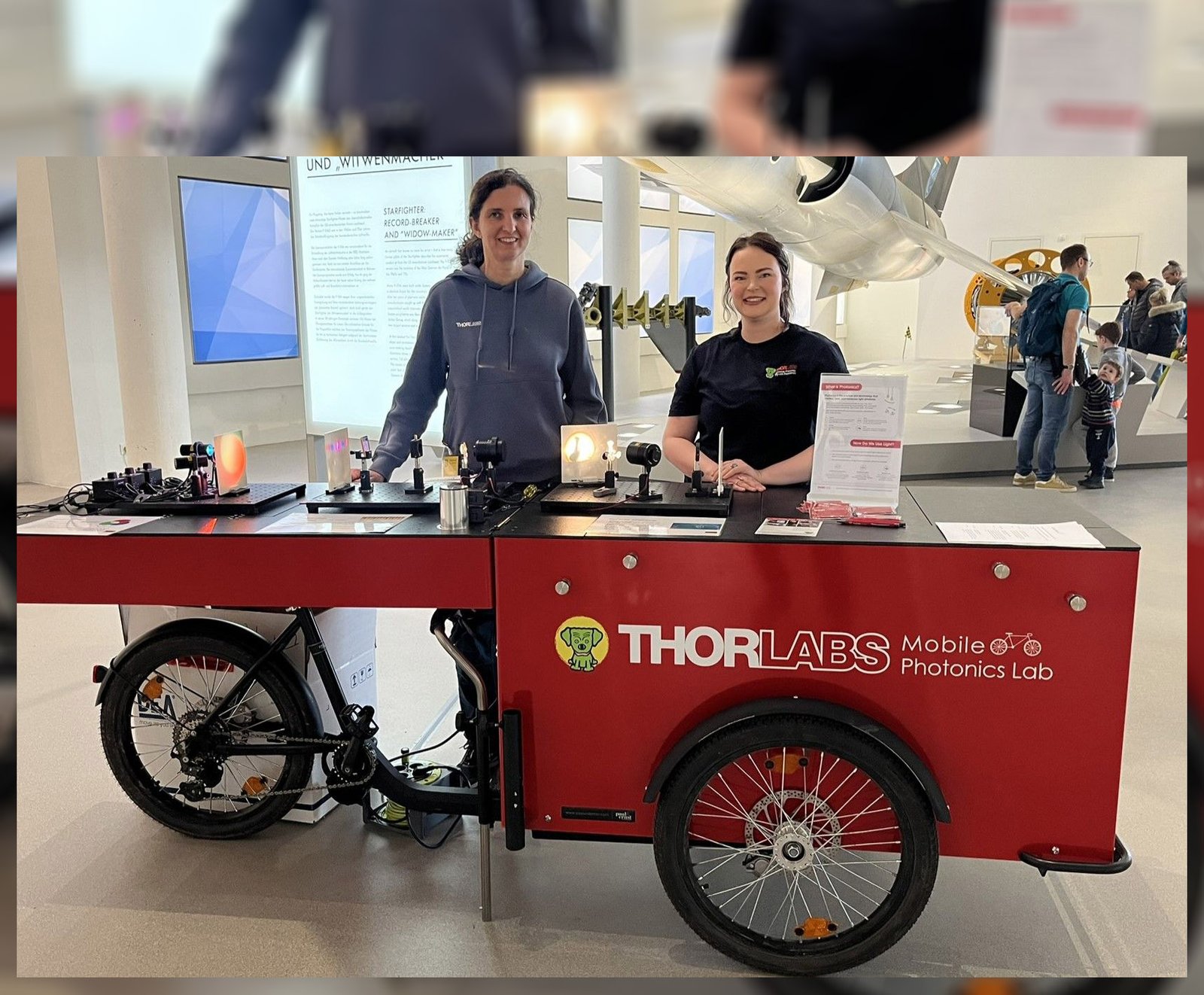- While large cities produce more total patents, small towns and rural counties frequently outperform on a per capita basis, especially where educational attainment is high or local institutions like universities contribute.
- When it comes to rural innovation, economic outcomes diverge sharply; strong ecosystems can yield outsized success, while weaker ones may fall far behind without proper leadership and stewardship.
- Stories of innovation in small towns are often overlooked due to declining local news and the national focus on major cities, yet these communities can have lasting impact when given support and visibility.
→ Read on for details and join Chris Wink’s weekly newsletter for more
A patent for a new kind of tiny sensor chip measured in nanometers and used in industrial processes was published this week.
Among its authors is a young physical optics engineer who lives in Morristown, NJ, a charming town of 20,000 people with a popular green, restaurants and well-liked theaters, 45 minutes from Manhattan.
The engineer works at a private photonics company called Thorlabs, with 1,500 employees and annual revenues approaching $750 million. The company is headquartered in nearby Newton, an 8,000-population town that also has a theater, a worn if loved main street and pretty Victorian homes — and coincidentally is where I grew up.
Innovation clusters have become nearly synonymous with the big cities, and for good reason. Big populations help in part because they offer any given place many more chances for the magic of breakthrough invention. The enduring legacy of Silicon Valley is a culture of “idea swapping” across different companies, institutions and industries.
Invention may have an urban bias, but that doesn’t mean small towns and rural counties can’t thrive in advanced technologies, sciences and entrepreneurship. It just means they need greater intention.
That’s something Victor Hwang, founder of Right to Start and a longtime champion of entrepreneur-led economic development, knows well.
“It’s not just density of people, but density of networks,” he said in our most recent Builders Live podcast on ecosystem building. “You can have dense human networks in more spread-out places.”
Too often we treat density as a shortcut for community and a stand-in for connectivity. But true innovation doesn’t require a skyline — it needs collisions, trust and just enough infrastructure to make the sparks catch. Patents are an effective, if imperfect, measure of invention, which is why R&D spending features prominently in Technical.ly’s Map of Innovation Ecosystems.
Most patents come from big cities, dense regions and populous states, per the Federal Reserve Bank. When patents are analyzed on a per capita basis, though, a clear lesson emerges: All large population centers generate invention, but they’re no match for the output of especially brainy towns and small cities.
Many US patent powerhouses are rural or small
In an analysis of published patents between 1976-2016, just two of the 100 most prolific towns have populations over 150,000 residents, and most locations had far fewer.
The top 10 had an average population of 45,000, making satellite city Wilmington, Delaware, one of the largest. Morristown, NJ, home to the new sensor chip patent from Thorlabs and just 20,000 people, was the country’s third-most efficient generator of patents.
What’s common among them? Some get a university lift.
The most generative patents-per-capita location in the country was Princeton, NJ, and towns near University of Michigan, University of Iowa and University of Delaware all scored high. Invention has an education bias. Nearly three-quarters of “high-quality” patent-holders have an advanced degree, according to an older Hamilton Project analysis, though about a third of American adults do. A 2009 Federal Reserve Bank analysis showed that a 1% increase in a county’s adult population with a college degree increases the patenting rate by 1% as well.
Other patent powerhouses mask their connection to big cities and dense regions: Norcross, Georgia (pop. 17,000) is just a half hour outside Atlanta, and constellations of invention-rich towns in California and New Jersey are heavily represented.
There are bigger lessons. High patent totals from rural New Holland, PA, (pop. 5,500), 90 minutes west of Philadelphia, may be skewed by being the historic home of a division of an agricultural manufacturing multinational. But like Morristown and many other small towns and rural counties with innovation reputations, there’s a credible community of inventors, technologists and entrepreneurs. New Holland is a short trip to the well-regarded events from Tech Lancaster, part of a long-thriving ecosystem.
Rural communities tend to have higher rates of self-employment than the urban and suburban counties where large employers often locate, as the Federal Reserve Bank has shown. The pandemic was a moment: as one researcher put it: “Since 2020, two-thirds of growth in the 25 to 44 population has occurred in metro areas with fewer than one million residents or in rural counties, a stark contrast to the last decade, when 90 percent of this growth was concentrated in the largest metro areas with over four million residents.”
But there’s divergence: High performing small towns and rural counties do well, and low performing ones lag far behind national averages, as a 2021 report from Endeavor argued. Whereas many small towns and rural counties are struggling with population loss, all but one of the top 20 patent powerhouses have had population gains over the last decade.
Small-town success stories are easy to miss
Put enough people in a place with enough freedom, and you’re bound to nurture discovery. With fewer people, savvy leaders can develop an ecosystem anywhere — so long there’s effective stewardship.
Or as Hwang put it: “The small town mindset is more dangerous than the small town itself.” In other words, it’s not the zip code. It’s the worldview.
These are the kinds of stories that often get missed when national attention focuses only on superstar cities. As Maria Underwood, COO of childcare-platform startup Moxi, said of her native Alabama “We are seeing entrepreneurs move into the state for many reasons… and all across the state too.” In her experience, it’s community and intentionality — not population size — that attract and retain innovative people.
The smaller the community, the bigger impact any one person can have. So if the right people are in place, it can be easier to develop an innovation ecosystem. But there are risks: Unscrupulous people can do even more damage, said Underwood. “If you have all the eggs in one basket, someone can have a nice meal.”
If a small town or rural county does have successes with patents or startups, it’s only getting harder to spread the word.
My hometown of 8,000 people is effectively home to a tech unicorn, but the small town newspaper I grew up reading has been gutted by its private equity owners. Even big regions are often without much local expertise covering invention — something we at Technical.ly hope to solve.
Small towns might get fewer shots, but when they land one, the ripple effects can stretch generations. 150 years ago a tool-service company became a major agricultural manufacturer in rural central Pennsylvania that now spins out patents from a tiny town. Fifty years ago, a semiconductor startup started in the orchards of Northern California and 30 years ago a photonics company began in a small town in New Jersey.
Impatient economic development strategies are unwise. Build the kind of place that lets a young engineer stay, build a life and quietly co-author a patent. Then tell their story.






